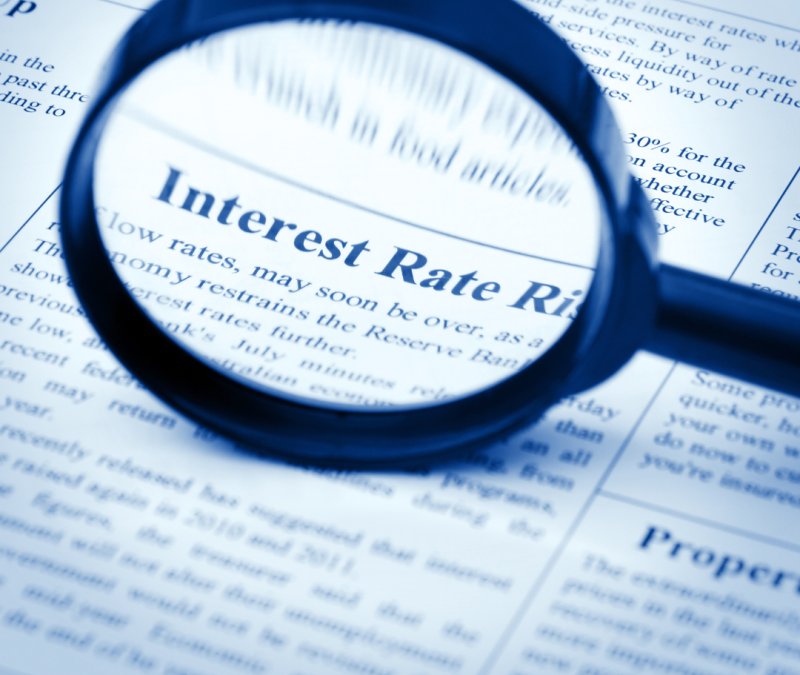By Tony Veldkamp, CCIM
Senior Advisor
The world of commercial real estate (CRE) is a dynamic landscape influenced by a host of factors, with interest rates playing a pivotal role in shaping its contours. As interest rates rise, it triggers a domino effect, impacting property prices, buyer behavior, and the strategies of both sellers and CRE advisors.
Prices and Purchasing Power
One of the first observable consequences of soaring rates is their tendency to push down commercial-sector property prices. The reason is straightforward: as cost of financing increases, potential buyers lose some of their purchasing power. The decline often translates into a decrease in property prices, as sellers find themselves with a smaller pool of qualified buyers who will commit to higher borrowing costs. This is especially prevalent with investment properties, where it’s critical to maintain the spread between return on investment and the cost of capital. If the spread is too small, the income-producing CRE is no longer an attractive investment alternative.
Another factor of high rates is that they sideline a lot of investment buyers dependent on borrowing, leaving opportunities available for cash buyers as prices decrease.
The Shift Toward Leasing
As the cost of borrowing becomes less favorable, more businesses and investors may opt to lease commercial spaces rather than purchase them. This shift towards leasing, driven by the desire to avoid higher interest payments, can have a cascading effect on the CRE market. The pool of potential buyers shrinks, creating more tenants and a more competitive rental market. Many segments of the CRE rental market have already sustained great pressure during the past three years as the high costs of land and construction have reduced creation of new space.
Seller Expectations vs Market Reality
Higher interest rates can create a misalignment between the expectations of sellers and the reality of the market. Sellers may still hold onto the same price expectations they had before the rates went up so high. That widens the gap between what they want and what the market can bear. Sometimes, this disparity results in prolonged listing periods and increased pressure on sellers to reevaluate their pricing strategies. Achieving the sellers’ goals under these circumstances requires some creativity.
Savvy Advisors Can Navigate the Financing Challenges
In times of higher interest rates, the role of a skilled and knowledgeable CRE advisor becomes paramount. Seasoned advisors can leverage their network to help clients navigate the challenges of securing financing. Their understanding of the lending landscape’s intricacies provides clients with significant edge. By staying abreast of changing market conditions and lender preferences, an advisor can identify financing opportunities that align with their clients’ needs.
An effective CRE advisor not only assists in securing financing but also plays a crucial role in accurately determining the maximum sale price of a commercial property. Through a comprehensive understanding of the market, comparable sales, and current financing options, the advisor can provide clients with realistic expectations. Professionals such as those at SVN Commercial Advisory Group help their clients make informed decisions in a sometimes-daunting, always changing market.

Tony Veldkamp, CCIM
Senior Advisor
941.487.6990
Tony.Veldkamp@svn.com

